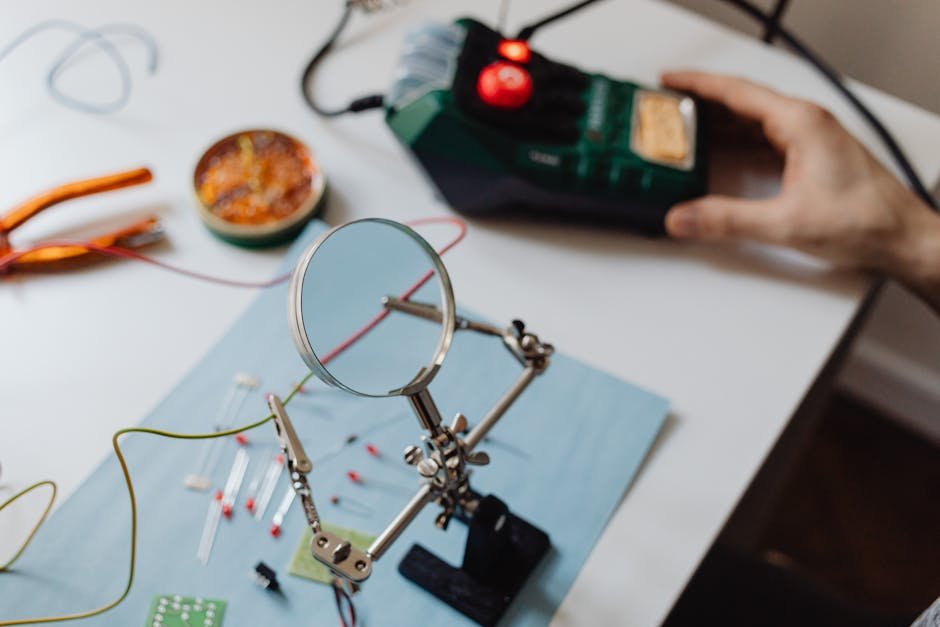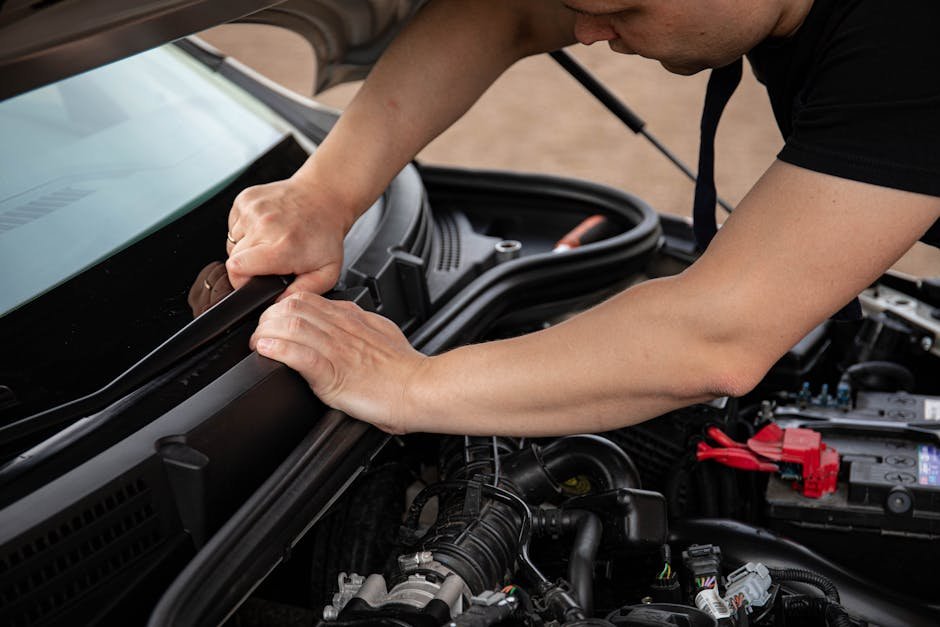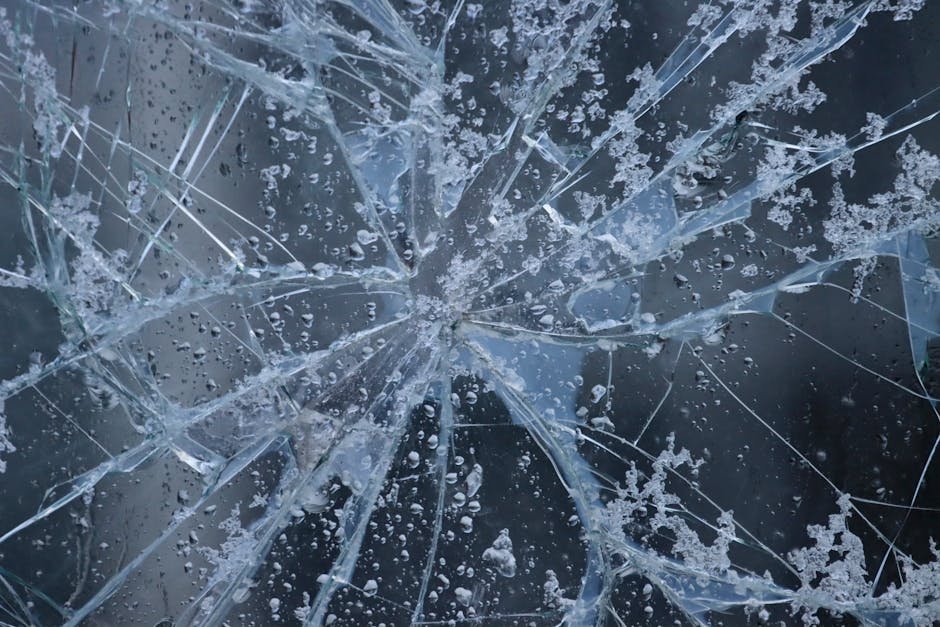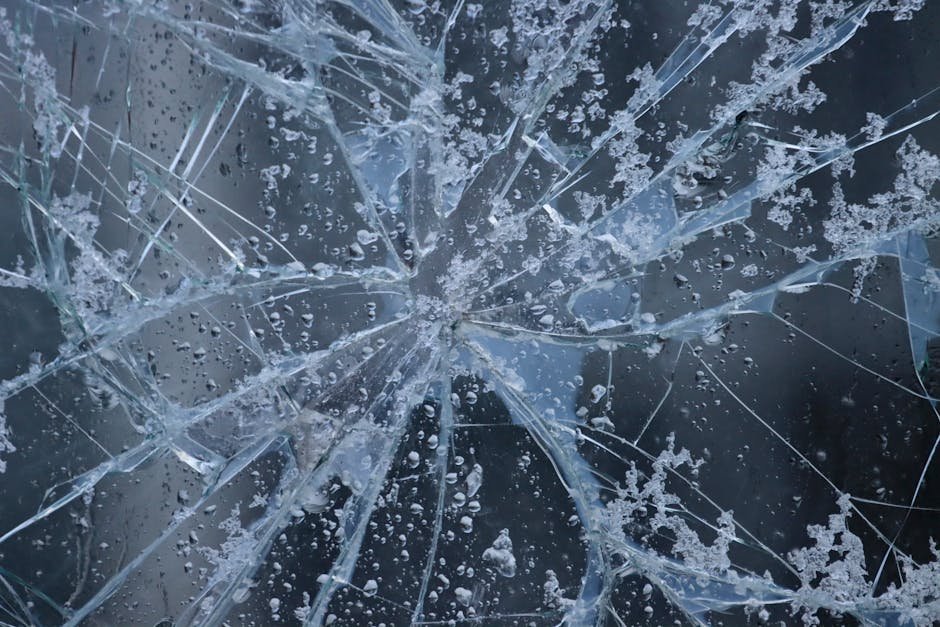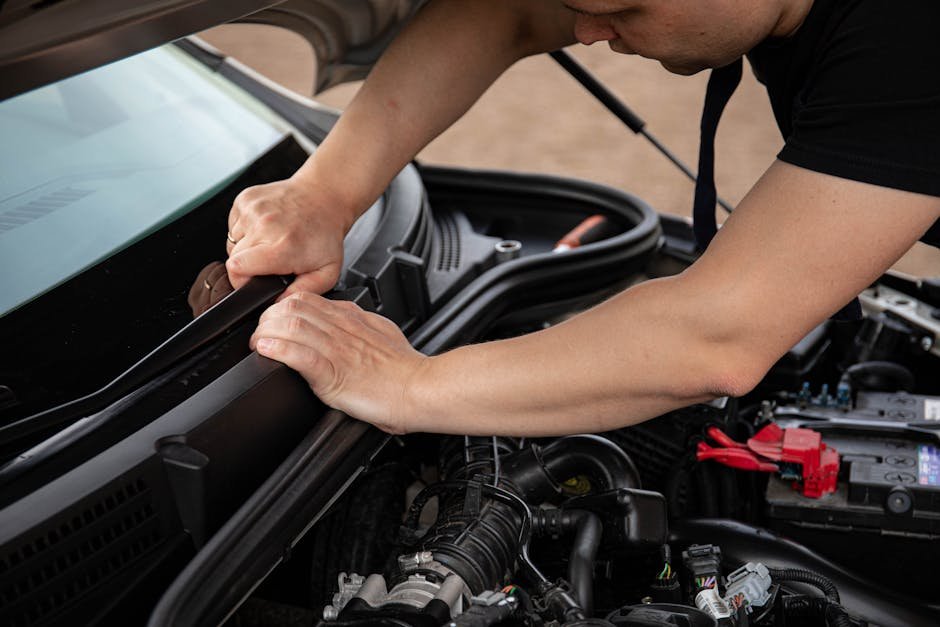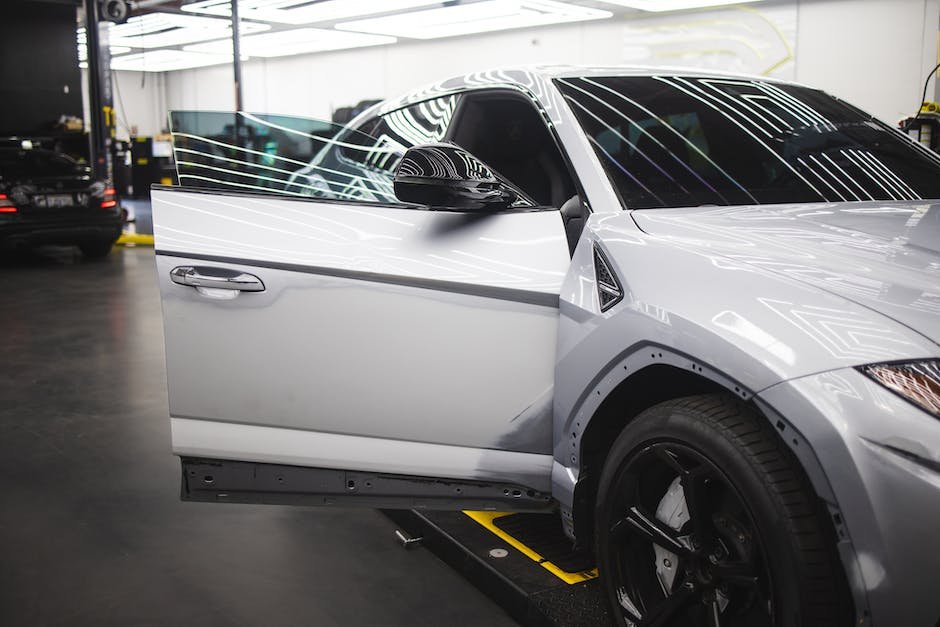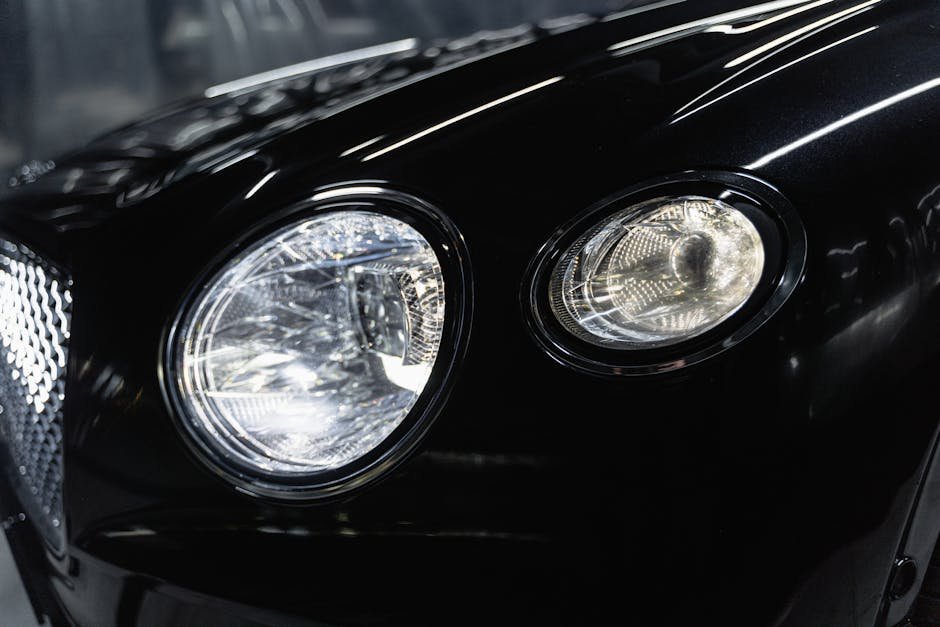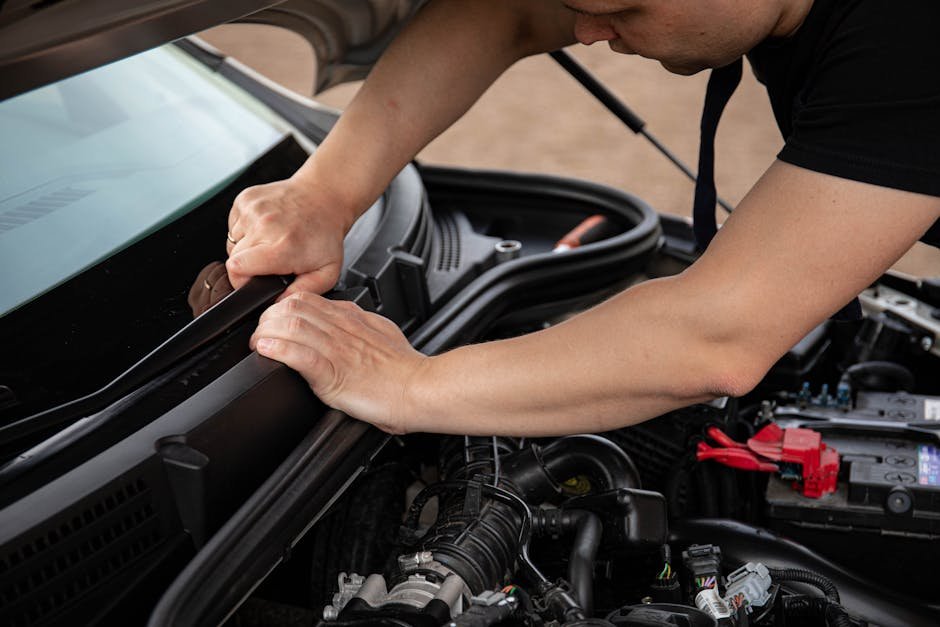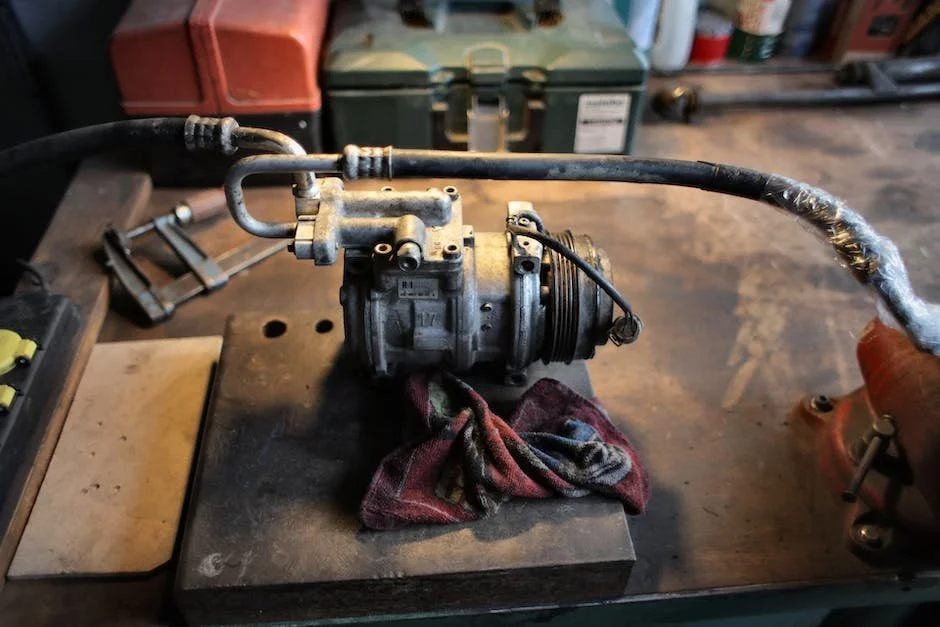Common causes of windshield chips
Rocks and road debris are the top causes of windshield chips. While you're driving, tiny pieces of gravel or shrapnel from the road can fly up and hit your windshield with enough force to create a chip. These aren't the only culprits, though. Bad weather, like hail, can easily dent your windshield. Sometimes, accidents, like a stray baseball from a nearby game or falling branches during a storm, can also leave a mark. Even temperature changes can stress your windshield glass enough to chip it. Quick shifts from hot to cold or vice versa can make the glass expand or contract suddenly, leading to chips. So, when you're out and about, keep an eye on the road and your surroundings to minimize the risk of chips. But remember, some factors are beyond your control. If you do get a chip, getting it checked out by a professional as soon as possible can prevent it from turning into a bigger problem.
The importance of timely chip fix for windshield integrity
Ignoring a chip in your windshield can turn a small issue into a major problem. When you act fast and get a chip fixed, you're not just saving money; you're also preserving the structural integrity of your windshield. Here's why it’s crucial. First off, a chip can quickly spread into a crack. Temperature changes or a bumpy ride can turn a tiny chip into a big crack. Once that happens, the fix is not so simple or cheap. Second, the windshield contributes to the car's overall strength. In a collision or rollover, a strong windshield can help prevent the roof from caving in, offering crucial protection. Lastly, a clear view is a safe view. Even a small chip can distort your vision, making driving hazardous. So, acting swiftly isn't just about avoiding bigger repair bills, it's about keeping you safe on the road.
Different methods of chip fix used by professionals
When you spot a chip in your windshield, professionals have a couple of key methods to fix it, making sure it doesn't turn into a bigger problem. The most common techniques include resin injection and drilling. In the resin injection method, experts clean the area around the chip, then inject a special resin into the chip. This resin hardens under UV light, bonding the glass back together and making the chip nearly invisible. Drilling is less common but used for specific types of chips. Here, a tiny hole is drilled at the chip site, and then the resin is injected just like in the first method. After curing, the windshield's integrity is restored, minimizing the visibility of the chip. Each method has its place, and professionals will choose based on the chip's size, type, and location on the windshield. The goal is always clear: get you back on the road safely, with a windshield as good as new.
Assessing the damage: When can a chip be fixed?
To fix a chip in your windshield or to not fix it—that's the big question. Whether that pesky chip gets fixed depends on a few things. Size, location, and type matter here. If the chip is smaller than a quarter, it's usually fixable. But if it looks like it's throwing a spiderweb across your windshield, that's a no-go. Chips right in the driver's view can also be tricky. They need to be small and not directly in the line of sight to fix. Uh, and about those types—bull's-eye, star breaks, and cracks? Bull's-eye and star breaks can often be fixed if they're not too big or directly in the driver's view. Long cracks, though, are tougher and usually mean needing a new windshield. So, when you spot a chip, measure it, note where it is, and what it looks like. That's your first step to figuring out if it's fixable.
Step-by-step guide to the professional chip fix process
When you spot a chip in your windshield, taking action quickly can save you from a bigger headache later. Professionals follow a precise step-by-step process to ensure your windshield's integrity is restored. First, they clean the area around the chip to get rid of any debris or dust that might interfere with the repair. They then apply a special resin to the chip. This resin is designed to mimic the strength and clarity of the glass. Using a tool that applies pressure, the resin is forced into the chip, filling it completely. Once the resin is in place, it's cured under a UV light. This hardens the resin, making it bond with the windshield glass seamlessly. The final step involves polishing the repaired area to ensure the glass’s surface is smooth and clear, restoring your windshield's integrity and aesthetics. This entire process not only prevents the chip from turning into a crack but also strengthens the damaged area, making your windshield safe again.
Tools and technology used in chip fix
In the chip fix arena, pros use some cool tools and tech to make your windshield as good as new. First off, they have this resin, a special kind of clear liquid plastic. They inject it right into the chip. It's all about precision, filling up those troublesome spots without making a mess. Then, they bring out a UV light – yes, the same kind used by detectives in those crime shows! This light cures the resin, hardening it fast so your windshield is strong again in no time. It's not just about the materials, though. The skill in using them right is what makes the fix last. They smooth everything over, ensuring not even a tiny bump is left. You won't even remember where that chip was! So, it's not just about slapping some glue on. It's high-grade resin, precision injection, and UV magic, all done with expert care.
Post-repair care: Maintaining your windshield after a chip fix
Once your windshield gets that chip fixed, it needs some tender love and care to stay in shape. First off, steer clear of any rough roads or bumpy adventures for at least a few hours. Your windshield's been through enough, don't you think? Give the resin—that fancy stuff they use to fill in chips—time to set and harden. That's usually around 24 hours. During this time, avoid slamming your car doors. The extra pressure can mess with the setting process. It's like poking a pie before it's done. Just don't.
Next up, keep that windshield clean but be gentle. Don't go scrubbing at it like you're trying to win a cleaning contest. Soft, gentle wipes are the way to go. No harsh chemicals or abrasive cleaners; think of it as treating a gourmet dish with the respect it deserves.
And here's a pro tip: Avoid those automatic car washes for a few days. They're like a tornado for your newly fixed chip. Stick to a calm, peaceful environment for your windshield—it’ll thank you.
Lastly, keep an eye on the repaired area. If it starts looking funky or you notice new cracks, get back to your repair professional pronto. Your windshield is your trusty lookout on the road, so keep it in top-notch condition. Happy driving!
Chip fix vs. windshield replacement: Making the right choice
Deciding between a chip fix and a windshield replacement doesn't have to be complicated. Here's the deal: if the chip in your windshield is smaller than a quarter, a professional can usually fix it. This means you can save time and money. On the other hand, if the damage is bigger or it's right in your line of sight, then a replacement might be your best bet. A chip fix can often be done quickly and will cost significantly less than a full windshield replacement. A repair is also better for the environment since it keeps the whole windshield out of the landfill. But remember, safety first. A severely damaged windshield can compromise your car's structural integrity in a crash. So, if in doubt, it's worth getting a professional opinion. Sometimes, playing it safe means opting for a replacement, especially if the damage could affect your driving safety.
Conclusion: The benefits of professional chip fix for long-term safety and visibility
Going for a professional chip fix brings more than just a temporary patch-up to your windshield; it invests in your long-term safety and visibility. By choosing experts, you're tapping into high-quality materials and techniques that ensure the repair blends seamlessly, preserving the strength of the windshield. This restoration not only meets but exceeds safety standards, safeguarding against potential cracks that could impair your view or jeopardize the structural integrity during a collision. Moreover, a professionally fixed chip can significantly extend the life of your windshield, preventing the need for full replacement and saving you money down the line. So, investing in a professional chip fix isn't just about fixing a minor annoyance; it's about ensuring your vehicle remains a safe, clear window to the road ahead.

